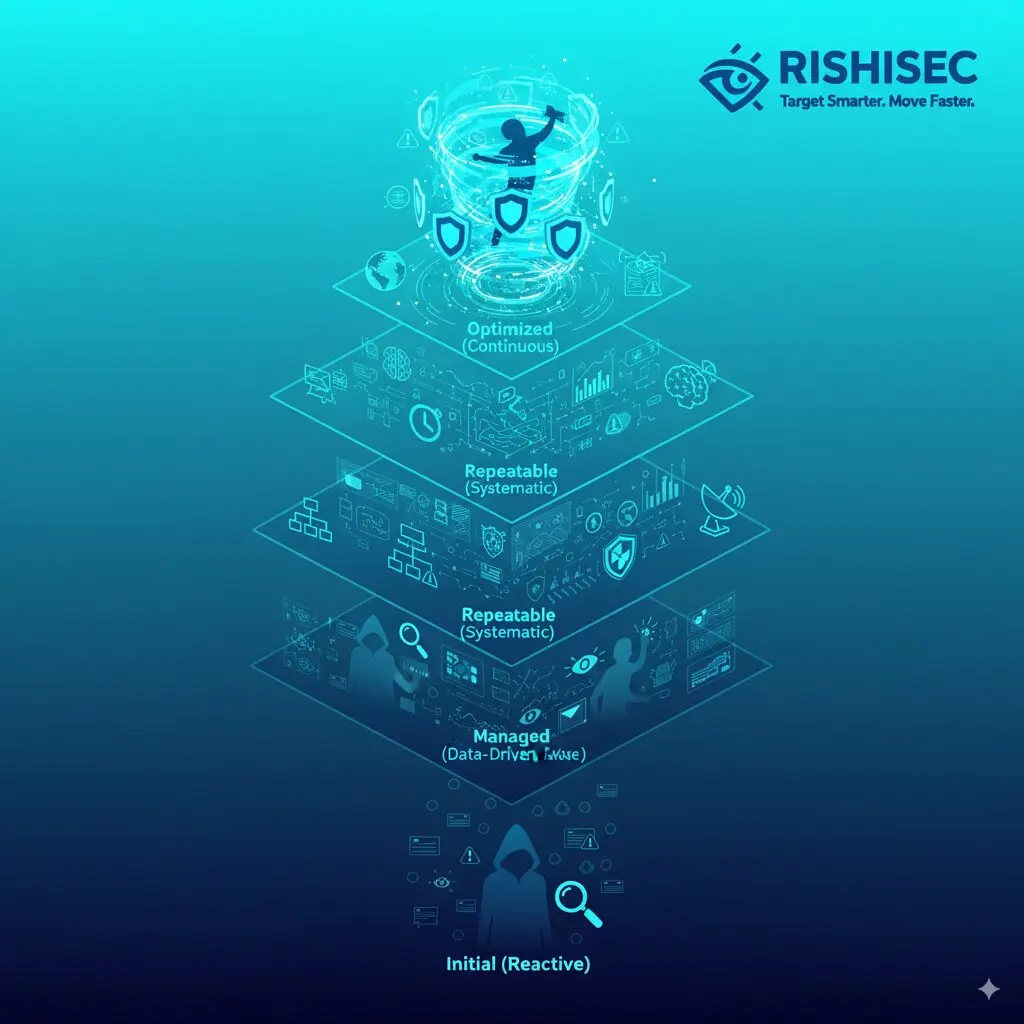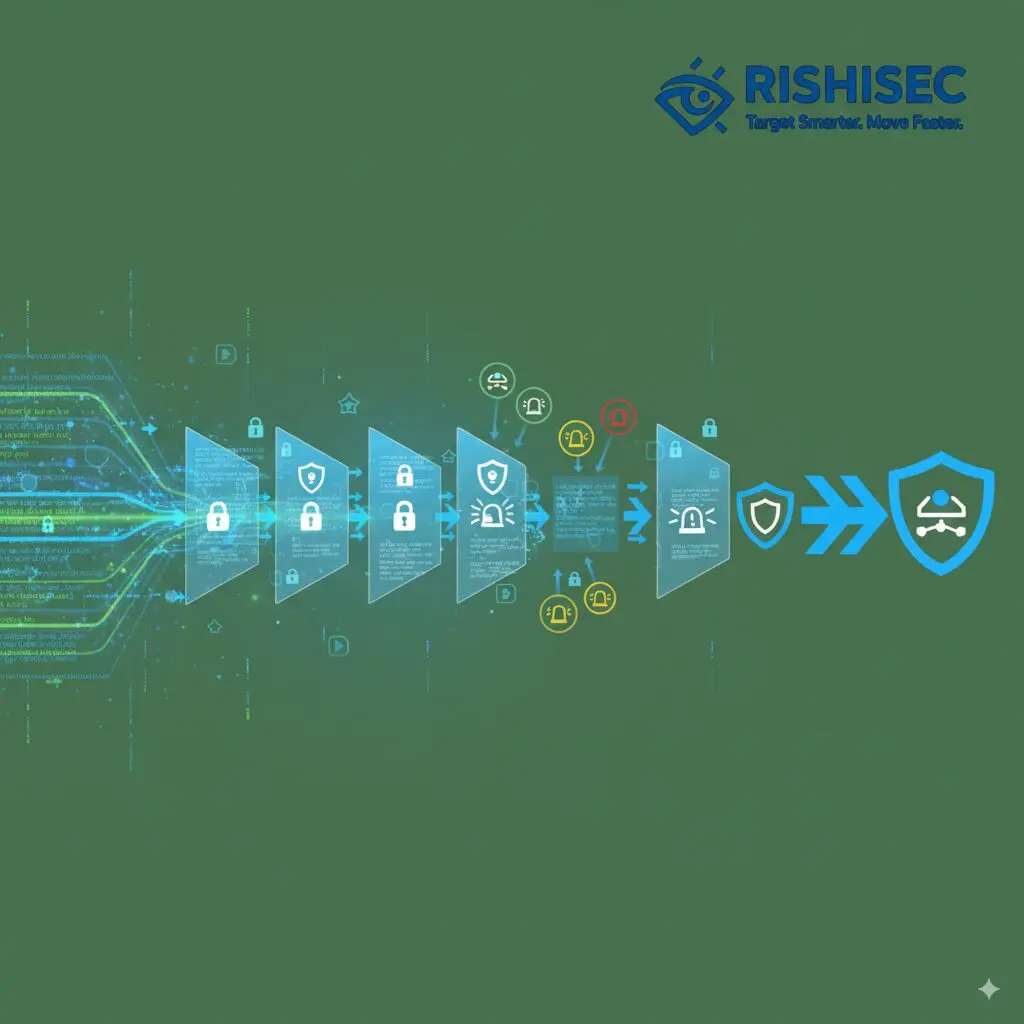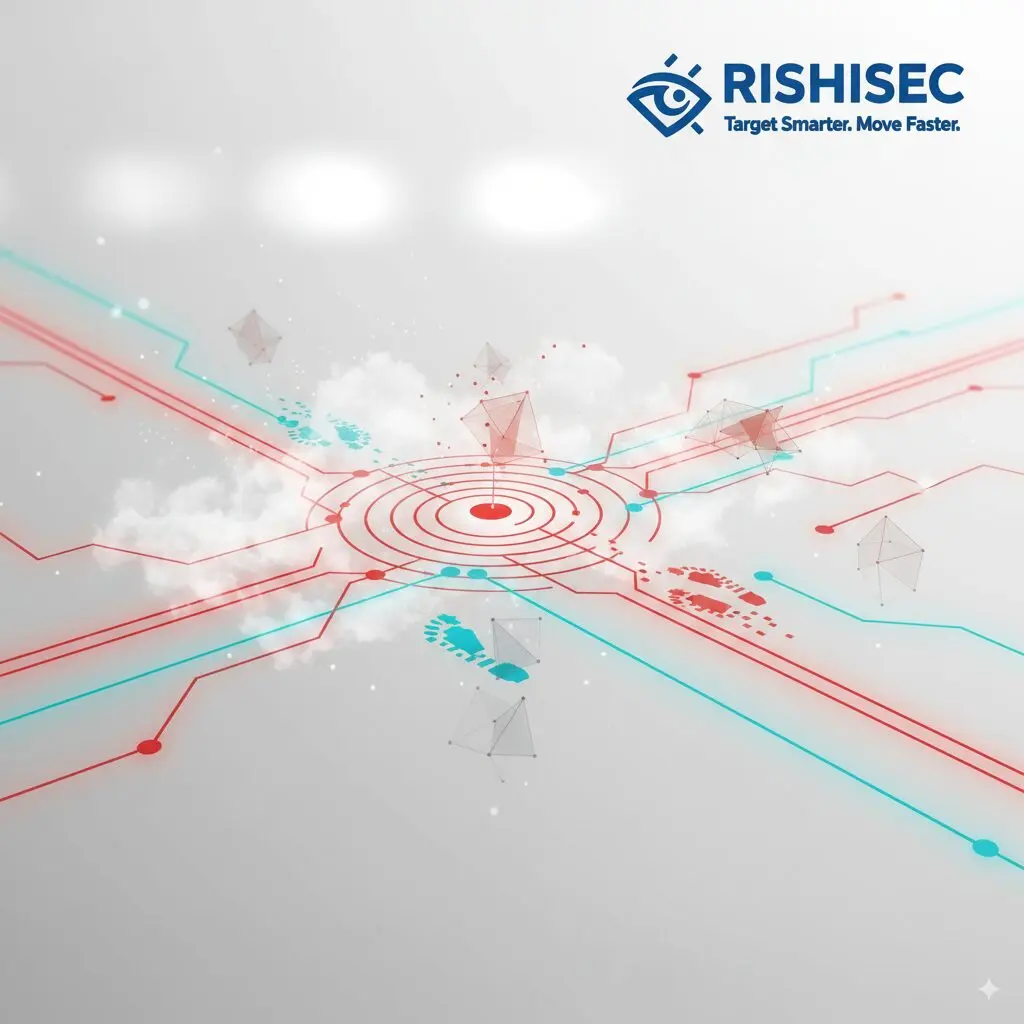Law enforcement agencies stand at a critical crossroads where public demand for safety collides with growing concerns about privacy and civil liberties. Advanced surveillance technologies offer unprecedented capabilities to prevent crimes, track suspects, and protect communities. At the same time, these same tools raise legitimate questions about government overreach, algorithmic bias, and the erosion of fundamental rights. Recent surveys show that law enforcement officials themselves express concerns about the privacy implications of AI-powered surveillance systems, even as they recognize these tools’ investigative value.
This isn’t a simple binary choice between security and privacy. Modern departments require strategies that harness the power of technology while implementing robust safeguards to protect innocent citizens and foster community trust. The agencies that succeed in this balancing act will be those that approach surveillance thoughtfully, transparently, and with clear accountability frameworks. Those that ignore privacy concerns risk public backlash, legal challenges, and damaged community relationships that undermine effective policing.
The good news is that responsible surveillance implementation is entirely possible. By combining smart technology choices, clear policies, comprehensive training, and community engagement, departments can harness powerful investigative tools while respecting civil liberties. This approach requires intentional effort and ongoing commitment, but the alternative is either abandoning valuable technology or facing justified criticism for privacy violations.
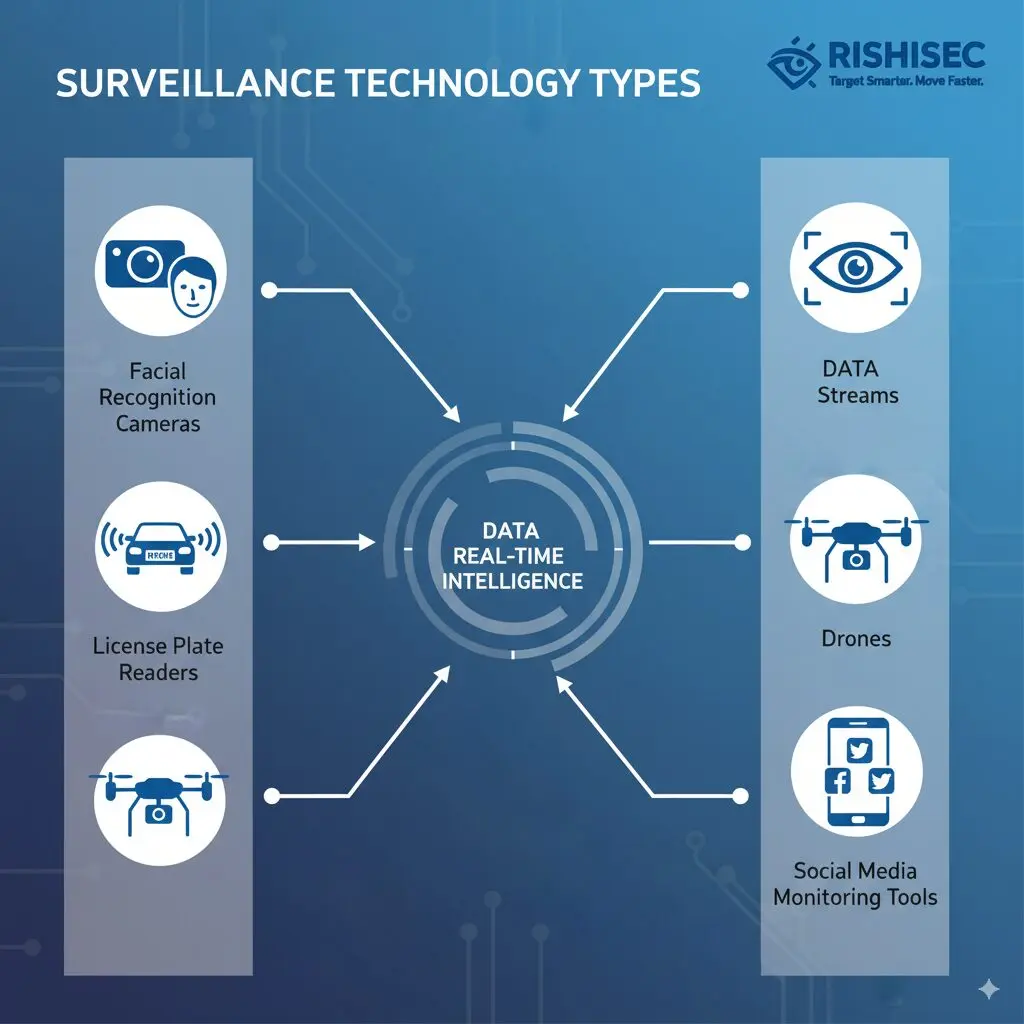
Understanding Modern Surveillance Technology Capabilities
Before developing privacy frameworks, you need to understand exactly what surveillance technologies can and cannot do. The landscape has evolved dramatically in recent years, driven by artificial intelligence advancements and ubiquitous digital connectivity. These capabilities offer tremendous investigative potential but also create significant privacy implications.
Facial Recognition and Biometric Analysis
Facial recognition technology has advanced to the point where systems can identify individuals in real-time from camera feeds, match faces against criminal databases in seconds, and track people’s movements across multiple locations. This capability transforms how departments can respond to active threats, locate missing persons, and identify suspects who appear in surveillance footage.
However, facial recognition also raises serious concerns about accuracy, bias, and mass surveillance. Studies consistently show these systems perform less accurately on people of color, creating risks of misidentification that can lead to wrongful arrests. Additionally, the ability to track anyone’s movements through public spaces raises questions about whether we’re creating surveillance states that monitor innocent people’s daily lives.
Responsible implementation means understanding these limitations and creating safeguards. This includes regular accuracy audits, human review requirements before taking enforcement action, and clear policies about when and how facial recognition can be deployed. Some departments have found success using facial recognition only for serious crimes rather than routine investigations, balancing capability with restraint.
Automated License Plate Readers
Automated License Plate Reader systems capture images of every vehicle passing fixed or mobile cameras, storing this data to create comprehensive location histories. Law enforcement uses ALPRs to locate stolen vehicles, find suspects, and establish patterns of movement relevant to criminal investigations. The technology is relatively mature, accurate, and cost-effective compared to other surveillance methods.
Privacy concerns with ALPRs center on data retention and potential misuse. When systems store location data for months or years, they create detailed pictures of innocent people’s movements and associations. Where someone travels reveals sensitive information about medical appointments, religious activities, political affiliations, and personal relationships. Without proper safeguards, this data could be misused for purposes beyond legitimate law enforcement.
Best practices include limiting data retention to reasonable periods (typically 30 to 90 days for non-investigative captures), restricting access to authorized personnel with legitimate investigative needs, and maintaining comprehensive audit logs showing who accessed what data and why. These safeguards protect privacy while preserving ALPR’s investigative value.
Social Media Monitoring and OSINT
Public social media provides vast intelligence about criminal activity, threat indicators, and suspect behavior. Monitoring these platforms represents legitimate law enforcement activity since information is publicly available. However, the line between monitoring public posts and conducting intrusive surveillance can blur quickly, especially when departments use fake accounts, monitor protesters, or track individuals based on protected characteristics rather than criminal behavior.
The key is implementing clear policies about when and how social media monitoring occurs. Tracking criminal networks on social media requires different approaches than monitoring constitutionally protected activities like protests or political organizing. Departments need written guidelines that distinguish between legitimate intelligence gathering and improper surveillance of lawful activities.
Modern OSINT platforms like Kindi can automate social media monitoring while maintaining proper investigative boundaries. By focusing collection on specific suspects and criminal activities rather than broad demographic groups or political affiliations, these tools provide powerful intelligence capabilities while respecting civil liberties. The automation also creates audit trails showing exactly what data was collected and why, supporting accountability and transparency.
Legal Frameworks and Constitutional Considerations
Technology advances faster than law, creating situations where surveillance capabilities exist without clear legal frameworks governing their use. Law enforcement agencies cannot simply wait for legislators to catch up. You need to understand existing constitutional protections and implement policies that respect these rights even in legally ambiguous areas.
Fourth Amendment Implications
The Fourth Amendment protects against unreasonable searches and seizures, but what constitutes “reasonable” changes as technology evolves. Recent Supreme Court decisions provide some guidance, establishing that prolonged GPS tracking requires warrants and that cell phone location data receives Fourth Amendment protection. However, many surveillance technologies exist in legal gray zones without clear precedent.
Smart departments adopt conservative approaches in these ambiguous areas, implementing warrant requirements or supervisory approval even when courts haven’t explicitly required them. This approach protects against future legal challenges while building community trust. If a surveillance technique feels intrusive enough that it might require a warrant, treating it as if it does require a warrant represents sound risk management.
First Amendment and Protected Activities
Surveillance of constitutionally protected activities like protests, religious gatherings, or political organizing requires special caution. While law enforcement has legitimate interests in preventing violence and maintaining public safety, these activities receive heightened constitutional protection. Surveillance that chills free speech or treats protected activities as inherently suspicious violates fundamental rights.
Policies should clearly distinguish between monitoring specific individuals with documented criminal histories or threats versus broad surveillance of protest movements or religious communities. Protest monitoring must focus on preventing specific, articulable threats rather than gathering intelligence on participants’ identities or political views.
| Surveillance Technology | Primary Use Cases | Privacy Concerns | Recommended Safeguards |
|---|---|---|---|
| Facial Recognition | Suspect identification, missing persons, active threats | Accuracy bias, mass surveillance, tracking innocent people | Human review requirements, accuracy audits, limited deployment |
| License Plate Readers | Stolen vehicle recovery, suspect location, pattern analysis | Location tracking, revealing sensitive associations | Limited data retention (30-90 days), access controls, audit logs |
| Social Media Monitoring | Threat assessment, criminal network mapping, evidence gathering | First Amendment concerns, monitoring protected activities | Written policies, focused collection, no fake accounts |
| Cell Site Simulators | Locating fugitives, emergency situations, active investigations | Collecting data from innocent bystanders, invasiveness | Warrant requirements, data minimization, immediate deletion |
State and Local Laws
Constitutional requirements represent baseline protections, but many states and localities have enacted stricter surveillance regulations. Some jurisdictions require public approval before deploying facial recognition, while others ban certain technologies entirely. California, for example, prohibits the use of facial recognition in body cameras, while several cities have implemented comprehensive ordinances to oversee surveillance technology.
Departments must understand and comply with all applicable laws, not just constitutional minimums. This requires ongoing legal review as new technologies are adopted and new regulations are enacted by legislatures. Partnering with legal counsel to review proposed technology deployments before implementation prevents costly mistakes and legal challenges.
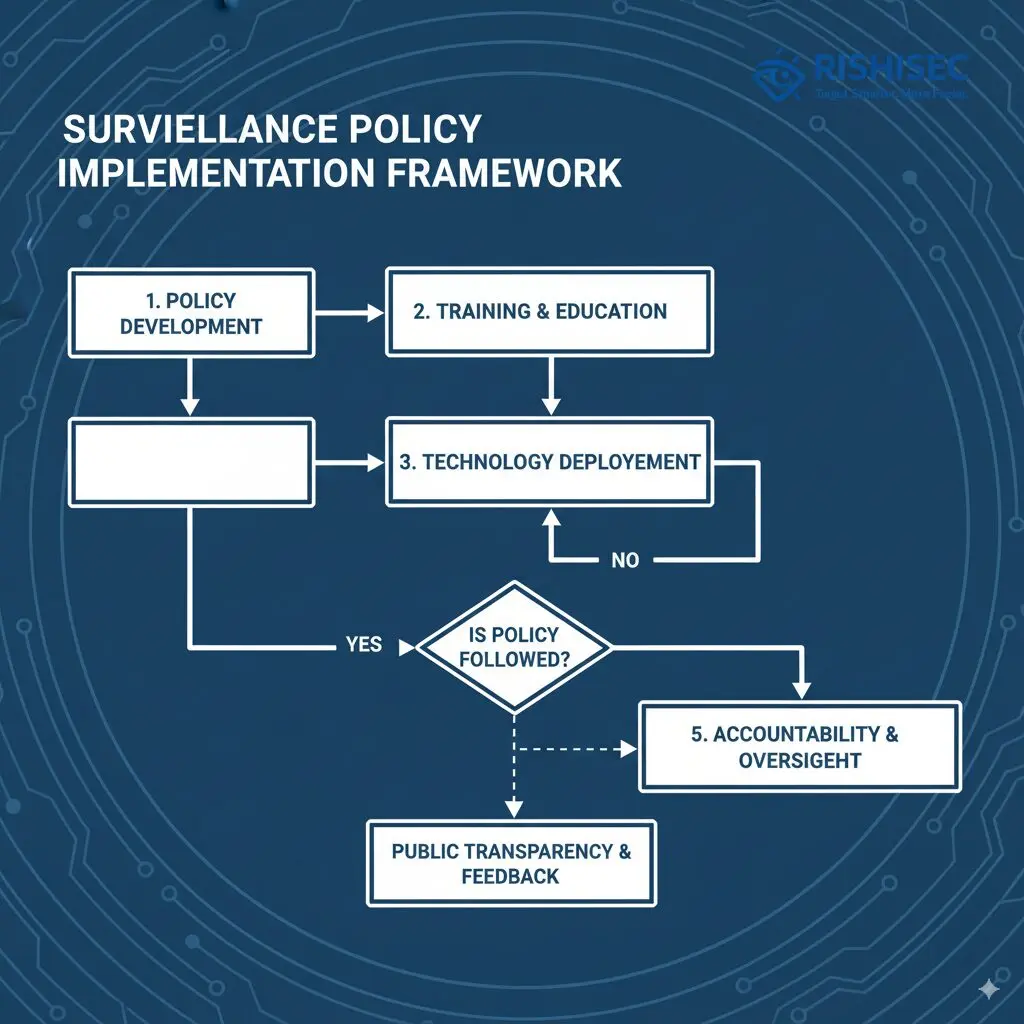
Implementing Privacy-Protective Policies and Procedures
Technology capabilities and legal requirements set boundaries, but departments need comprehensive policies that translate these into operational procedures that officers can follow in real-world situations. Effective policies strike a balance between providing clear guidance and maintaining operational flexibility for legitimate investigations.
Data Collection and Retention Standards
Every surveillance system should have written policies governing what data gets collected, how long it’s retained, and under what circumstances it’s deleted. These policies should distinguish between investigative data (information relevant to active cases) and incidental collection (data about people not under investigation). While investigative data may need long-term retention for prosecution purposes, incidental data should be deleted as quickly as practical.
Consider implementing tiered retention schedules. For example, ALPR data from vehicles not connected to investigations might be deleted after 30 days, while data connected to active cases is preserved according to evidence retention requirements. Facial recognition searches that don’t produce matches can be logged for audit purposes without retaining the actual images searched.
Automated retention policies remove human discretion from deletion decisions, ensuring that data doesn’t linger indefinitely simply because no one got around to deleting it. Modern investigation platforms can enforce retention policies automatically, flagging records that should be reviewed or deleted based on pre-set timeframes.
Access Controls and Audit Requirements
Not every officer needs access to every surveillance system. Role-based access controls ensure that only personnel with legitimate investigative needs can query sensitive systems. This prevents fishing expeditions, reduces risks of misuse, and creates clear accountability when data is accessed.
Every access to surveillance systems should generate audit logs capturing who accessed what data, when, and for what stated purpose. These logs should be reviewed regularly by supervisory personnel looking for patterns that suggest improper use. For instance, if an officer repeatedly searches for information about neighbors, family members, or romantic interests without documented investigative reasons, that represents clear policy violations requiring intervention.
Comprehensive audit trails also protect departments and officers when surveillance use is questioned. If you can demonstrate that every data query was properly authorized, connected to legitimate investigations, and conducted according to policy, you’re in a much stronger position defending your practices than departments that can’t document their surveillance activities.
Training and Cultural Change
Policies only work when officers understand and follow them. This requires comprehensive training that goes beyond simply reading policy documents. Officers need to understand the “why” behind privacy protections, not just the “what” of policy requirements. When personnel understand the constitutional principles, community concerns, and practical reasons for safeguards, they’re more likely to embrace rather than resist privacy-protective practices.
Training should include real-world scenarios that help officers navigate ambiguous situations. For example, when is it appropriate to use facial recognition? What constitutes sufficient reasonable suspicion to justify cell site simulator deployment? How should officers document their rationale for surveillance decisions? Scenario-based training builds judgment and decision-making skills that rote policy memorization cannot achieve.
Creating a culture that values both effective investigation and privacy protection requires leadership commitment. When commanders consistently reinforce privacy principles, reward officers who raise concerns about potential overreach, and hold personnel accountable for violations, the message becomes clear that responsible surveillance matters.
Community Engagement and Transparency
Perhaps no factor matters more for successful surveillance implementation than community trust. When residents believe their police department uses surveillance responsibly, transparently, and with appropriate oversight, they’re more likely to support these tools. When trust is lacking, even reasonable surveillance practices face fierce opposition.
Public Input on Surveillance Policies
Many departments now engage communities before deploying new surveillance technologies, not afterward. This might include public hearings, community surveys, or advisory board consultations. While law enforcement retains ultimate decision-making authority, genuine engagement with community concerns leads to better policies and stronger public support.
This engagement shouldn’t be performative box-checking. It requires actually listening to concerns and incorporating feedback into policies. For instance, if community members express concerns about facial recognition accuracy for people of color, that should trigger conversations about accuracy testing requirements and human review safeguards. When people see their input reflected in final policies, they feel heard and respected.
Transparency Reports and Public Accountability
Regular transparency reporting demonstrates commitment to accountability. These reports might include statistics on surveillance system usage, accuracy metrics, policy violations, and how collected data supported investigations. Some departments publish anonymized case examples showing how surveillance technologies helped solve crimes or protect public safety.
Transparency doesn’t mean revealing sensitive investigative techniques or compromising ongoing cases. It means providing enough information that the public can understand how systems are used, assess whether they’re working as intended, and identify concerns warranting policy adjustments. The goal is building informed trust rather than blind faith in law enforcement discretion.
Independent Oversight Mechanisms
External oversight provides additional accountability beyond internal auditing. This might include civilian review boards with access to surveillance audit logs, independent inspectors general with authority to review surveillance practices, or legislative oversight committees receiving regular briefings. These mechanisms reassure communities that surveillance isn’t happening behind closed doors without scrutiny.
Effective oversight requires meaningful access to information and authority to raise concerns. Toothless advisory boards that rubber-stamp department decisions without real investigative power don’t build trust. Genuine oversight with teeth demonstrates confidence that surveillance practices will withstand scrutiny.

Technology Solutions That Prioritize Privacy
Not all surveillance technologies are created equal from privacy perspectives. Some tools offer privacy-by-design features that minimize data collection, automate safeguards, and provide built-in accountability mechanisms. Choosing these privacy-protective technologies demonstrates commitment to balanced surveillance implementation.
Privacy-Preserving OSINT Platforms
Modern OSINT platforms can provide powerful investigative capabilities while implementing privacy protections that manual investigations cannot match. Automated systems can enforce retention policies, restrict access based on roles, maintain comprehensive audit trails, and flag potential policy violations in real-time. These features make responsible surveillance easier rather than harder.
For instance, automated OSINT investigation platforms like Kindi allow departments to set parameters that prevent searches based on protected characteristics, limit data collection to investigative purposes, and automatically delete data after specified retention periods. The system’s AI-powered link analysis reveals criminal network connections without requiring broad surveillance of entire communities.
These platforms also facilitate the kind of detailed documentation that supports accountability. Every search, every data collection action, and every analysis gets logged with timestamps and user information. If questions arise about how surveillance was conducted, comprehensive records demonstrate either compliance or violations, promoting transparency and responsibility.
Edge Computing and Data Minimization
Some surveillance technologies now use edge computing to process data locally rather than transmitting everything to centralized servers. This approach minimizes data collection by analyzing video feeds or sensor data in real-time and only retaining information relevant to investigations. For example, camera systems might analyze footage for specific suspects locally and discard everything else rather than storing weeks of video from every camera.
Data minimization principles ensure that surveillance collects only information necessary for legitimate law enforcement purposes. This might mean configuring facial recognition to search only against wanted persons databases rather than creating libraries of every face captured. It might mean ALPR systems that check plates against hot lists in real-time but don’t store location data for vehicles with no matches.
Federated Search and Inter-Agency Cooperation
Multi-jurisdictional investigations often require the sharing of surveillance data across various agencies. Traditional approaches involve copying entire databases between departments, creating data sprawl and multiplying privacy risks. Modern federated search systems allow agencies to query each other’s systems without transferring underlying data, minimizing exposure while supporting legitimate investigation needs.
This approach is particularly important for cross-border investigations, where multiple agencies require access to shared intelligence. Rather than creating redundant databases that each require their own security and retention policies, federated systems maintain a single authoritative source with controlled access for authorised partners.
Measuring Success and Continuous Improvement
Implementing privacy-protective surveillance practices isn’t a one-time effort but an ongoing commitment requiring regular assessment and adjustment. Departments need metrics to evaluate whether their approaches achieve desired outcomes for both public safety and civil liberties protection.
Effectiveness Metrics
Track how surveillance technologies contribute to investigations, prosecutions, and public safety outcomes. This might include clearance rates for cases where surveillance played a role, response times to active threats, or the successful location of missing persons. These metrics demonstrate that privacy-protective practices don’t undermine effectiveness, countering arguments that safeguards hamper investigations.
However, effectiveness metrics alone are insufficient. You also need measures assessing privacy protection such as: What percentage of collected data connects to investigations versus incidental collection? How quickly is non-investigative data deleted? What percentage of facial recognition searches produce false positives? How many audit reviews have identified policy concerns? These metrics ensure that privacy protections work in practice, not just in policy documents.
Community Perception and Trust
Regular community surveys can measure whether surveillance practices are building or eroding public trust. Questions might assess whether residents feel their privacy is respected, whether they trust law enforcement to use surveillance responsibly, and whether they support the department’s approach. Tracking these perceptions over time reveals whether transparency and accountability efforts are succeeding.
Declining trust scores should trigger policy reviews and enhanced community engagement. If residents increasingly worry about surveillance overreach despite privacy safeguards, that suggests communication failures or implementation gaps requiring attention. Trust is the foundation on which everything else rests.
Regular Policy Review and Updates
Technology, legal frameworks, and community expectations all evolve. Policies that made sense three years ago may need updating for current realities. Schedule regular reviews of surveillance policies, ideally annually, with input from legal counsel, community representatives, and front-line officers. These reviews should assess whether policies remain current, whether implementation matches intent, and whether adjustments are needed based on experience and changing circumstances.
Don’t wait for crises to update policies. Proactive reviews prevent problems rather than reacting to them after public trust has been damaged. When departments demonstrate ongoing commitment to policy improvement, they build credibility that survives inevitable mistakes or controversies.
Practical Tips for Balancing Surveillance and Privacy
- Start with clear purpose statements for each surveillance technology. Document specific public safety problems the technology addresses and how it will be used. This purpose drives policy development and helps assess whether actual use aligns with stated intentions.
- Implement the strictest retention policies that still support legitimate investigations. Shorter retention periods reduce privacy risks and demonstrate commitment to minimizing surveillance reach. You can always extend retention for specific investigative data while maintaining short timelines for incidental collection.
- Create multiple layers of oversight including internal audits, supervisory review, and external accountability mechanisms. No single oversight approach is perfect, but multiple layers catch problems that individual mechanisms might miss.
- Invest in privacy-protective technology from the start rather than trying to retrofit safeguards later. It’s much easier to implement systems with built-in privacy features than to add them after deployment.
- Document everything related to surveillance decisions. If you cannot explain why particular surveillance was necessary and appropriate, that suggests the surveillance may not have been justified. Good documentation protects both civil liberties and departments from criticism.
- Engage community concerns directly rather than dismissing them. Even if you cannot accommodate every request, demonstrating that you’ve seriously considered feedback builds trust and goodwill.
- Train officers continuously on privacy principles, not just during initial policy rollout. Regular refresher training, scenario discussions, and case study reviews keep privacy awareness front of mind.
- Celebrate successes where surveillance technology prevented crimes or solved cases while respecting privacy. These stories demonstrate that the two goals aren’t mutually exclusive.
Building Trust Through Responsible Surveillance
The fundamental tension between public safety and privacy isn’t going away. Surveillance technologies will continue advancing, offering ever more powerful capabilities while raising ever more serious privacy questions. Law enforcement agencies that successfully navigate this tension will be those that embrace rather than resist privacy protections, recognizing that civil liberties and effective policing are complementary goals rather than competing priorities.
This approach requires cultural shifts within many departments. It means viewing community concerns about surveillance as legitimate input deserving thoughtful responses rather than obstacles to be overcome. It means implementing safeguards even when not legally required because they represent sound policy. It means choosing transparency over secrecy whenever possible, building trust through openness rather than demanding blind faith in law enforcement discretion.
The agencies that get this balance right will find that community support strengthens rather than weakens their investigative capabilities. When residents trust their police department to use surveillance responsibly, they’re more willing to share information, cooperate with investigations, and support the resources needed for effective public safety. When trust is lacking, even the most sophisticated surveillance technologies cannot compensate for community opposition and non-cooperation.
Ready to implement privacy-protective OSINT strategies? Explore Kindi’s AI-powered platform that provides powerful investigation capabilities with built-in privacy safeguards, audit trails, and accountability features designed for modern law enforcement. Request a demo today.
Want to deepen your understanding of responsible surveillance techniques? Check out our OSINT courses for practical training on balancing investigative effectiveness with civil liberties protection in today’s complex legal and technological landscape.
FAQ
What is the biggest privacy concern with law enforcement surveillance technology?
The most significant concern is mass surveillance of innocent people who aren’t suspected of any crimes. When systems like facial recognition or license plate readers collect data on everyone in public spaces regardless of criminal suspicion, they create comprehensive tracking of lawful activities. This chills free speech, reveals sensitive personal information, and creates risks of data misuse. The key privacy protection is limiting collection and retention to information relevant to legitimate investigations rather than maintaining permanent databases on entire populations.
Do law enforcement agencies need warrants to use surveillance technology?
Requirements vary significantly by technology and jurisdiction. Some surveillance methods clearly require warrants under Fourth Amendment jurisprudence, particularly when they involve prolonged tracking or highly invasive monitoring. Other technologies operate in legal gray zones without clear judicial guidance. Best practice is treating any surveillance that feels sufficiently intrusive as warrant-requiring, even if courts haven’t explicitly said so. This protects against future legal challenges and demonstrates respect for constitutional rights.
How can law enforcement use facial recognition responsibly?
Responsible facial recognition implementation includes several key safeguards: limiting use to serious crimes rather than minor offenses; requiring human review before taking any enforcement action based on matches; conducting regular accuracy audits especially for different demographic groups; maintaining comprehensive audit logs of all searches; implementing strict access controls; and being transparent with communities about when and how the technology is deployed. Some departments only use facial recognition to generate investigative leads that must be confirmed through other evidence before arrests occur.
What should departments include in surveillance transparency reports?
Effective transparency reports include statistics on how often each surveillance system was used, what types of crimes they supported investigating, accuracy metrics like false positive rates, information about policy violations and how they were addressed, and aggregated data about retention and deletion practices. Reports should also include explanations of policies governing surveillance use and information about oversight mechanisms. The goal is providing enough detail that communities can assess whether practices align with stated policies without compromising specific ongoing investigations.
How long should law enforcement retain surveillance data?
Retention periods should balance legitimate investigative needs against privacy protection. A common approach is maintaining short retention for data not connected to investigations (typically 30 to 90 days) while preserving investigative data according to evidence retention requirements. The key principle is data minimization: retain only what you need, for only as long as you need it. Some jurisdictions have enacted specific retention requirements by law, which departments must follow. Regular audits should ensure deletion happens on schedule rather than data persisting indefinitely due to inattention.
Can OSINT tools help law enforcement respect privacy while investigating effectively?
Yes, modern OSINT platforms can actually enhance privacy protection compared to manual investigations. These tools can enforce retention policies automatically, maintain comprehensive audit trails, restrict searches based on pre-defined parameters that prevent fishing expeditions, and flag potential policy violations in real-time. AI-powered platforms focus analysis on specific investigative targets and their networks rather than requiring broad surveillance of entire communities. By automating compliance with privacy policies, these tools make responsible surveillance easier to achieve consistently across all investigations.


